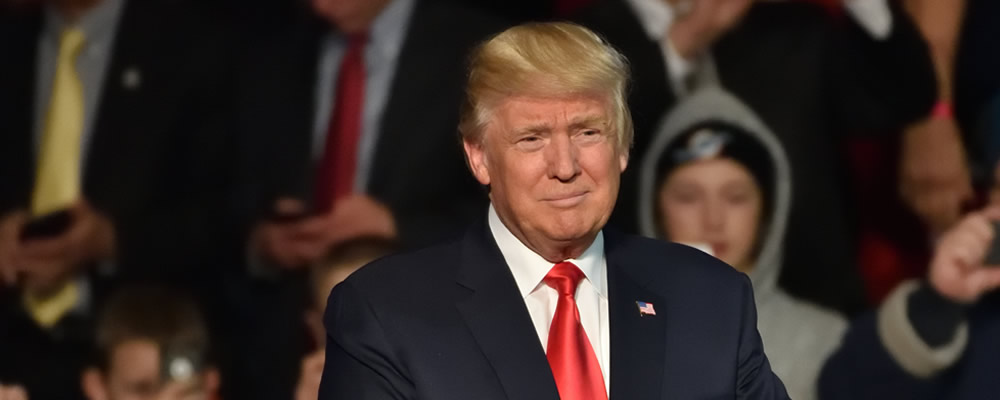- EUR USD Hits 1.1587 – USD EUR Hits 0.8625
- German and Euro Area Data Proves Mostly Positive – Euro Fluctuates
- Trump’s Tax Plan Gains Momentum – US Dollar Remains on Forward Foot
The Euro US Dollar (EUR USD) exchange rate fluctuated this morning as markets responded to a run of mixed Euro Area data releases (including an impressive investor confidence index) and last week’s Republican tax reform momentum.
Euro Area Data Proves Positive – EUR Exchange Rates Lack Direction
Euro (EUR) exchange rates were unable to record any notable gains despite today’s data from the Eurozone proving predominantly positive, with German industrial orders unexpectedly rising by 1.0% month-on-month in September, down from the upwardly revised 4.1% gain of August but smashing the forecast of a -1.5% contraction.
This surprising rise was largely caused by a jump in demand overseas, along with a surge in new orders from the Euro (up 6.3% compared to a -1.0% decline for other countries).
Beyond this, the Eurozone’s composite PMI reading printed at 56.0, above the forecast of 55.9 and the previous figure of 55.9.
These figures demonstrated a strong start for the fourth quarter. Chris Williamson, chief business economist at IHS Markit shared his thoughts on the readings:
‘The euro zone growth spurt retained strong momentum at the start of the fourth quarter. With new business growth ticking higher, November should also prove a good month for business activity’.
Meanwhile, the Eurozone Sentix investor confidence index rallied from 29.7 to 34.0, a significantly better reading than the 31.0 result expected.
However, in other news, various Markit PMI assessments were negatively revised from previous estimates, with the Markit German composite PMI being cut from 56.9 to 56.6, and France’s composite reading being revised from 57.4 to 57.3.
The Euro US Dollar exchange rate fluctuated in response to the reports, with markets still slightly favouring the ‘Greenback’ because of US President Donald Trump’s tax reform proposal and renewed potential for a Fed rate hike in December.
USD Exchange Rates Bolstered by Possibility of December Rate Hike
The US Dollar fluctuated against the Euro this morning, bolstered initially by renewed momentum in Trump’s tax reform plan, last week’s announcement of who will be taking on the position of Fed Chairman and the almost-certain prospect of a rate hike in December.
Whilst the Fed left its benchmark interest rate on hold last week, its accompanying statement remained mostly positive, with no signal at all that the intention of a December rate hike had been altered.
The announcement read:
‘The labour market has continued to strengthen and … economic activity has been rising at a solid rate despite hurricane-related disruptions’.
Beyond this, Trump’s pick of Fed Governor Jerome Powell to replace Janet Yellen as Fed Chairman represents a continuation of Yellen’s monetary policy, with Powell widely predicted by markets to continue in her footsteps with a steady, ongoing cycle of monetary tightening into 2018.
EUR USD Forecast: Euro Could Fluctuate on Draghi Speech
The week ahead will feature several significant data releases for the Eurozone and the US; with the EU retail sales figures and US consumer credit readings both due tomorrow, the German trade balance and US employment figures due on Thursday and finally the US University of Michigan sentiment reading due for release on Friday.
Markets will also be watching ECB President Mario Draghi when he speaks in Frankfurt tomorrow for any guidance on future policy.
Beyond this, the situation in Catalonia will remain pertinent, with Spain now having issued an international arrest warrant for Catalan leader Carles Puigdemont.
Because of this, Brussels will likely come under increased pressure to deport Puigdemont to the Spanish authorities – an eventuality that could cause further unrest within the region and possibly shake demand for the single currency.



